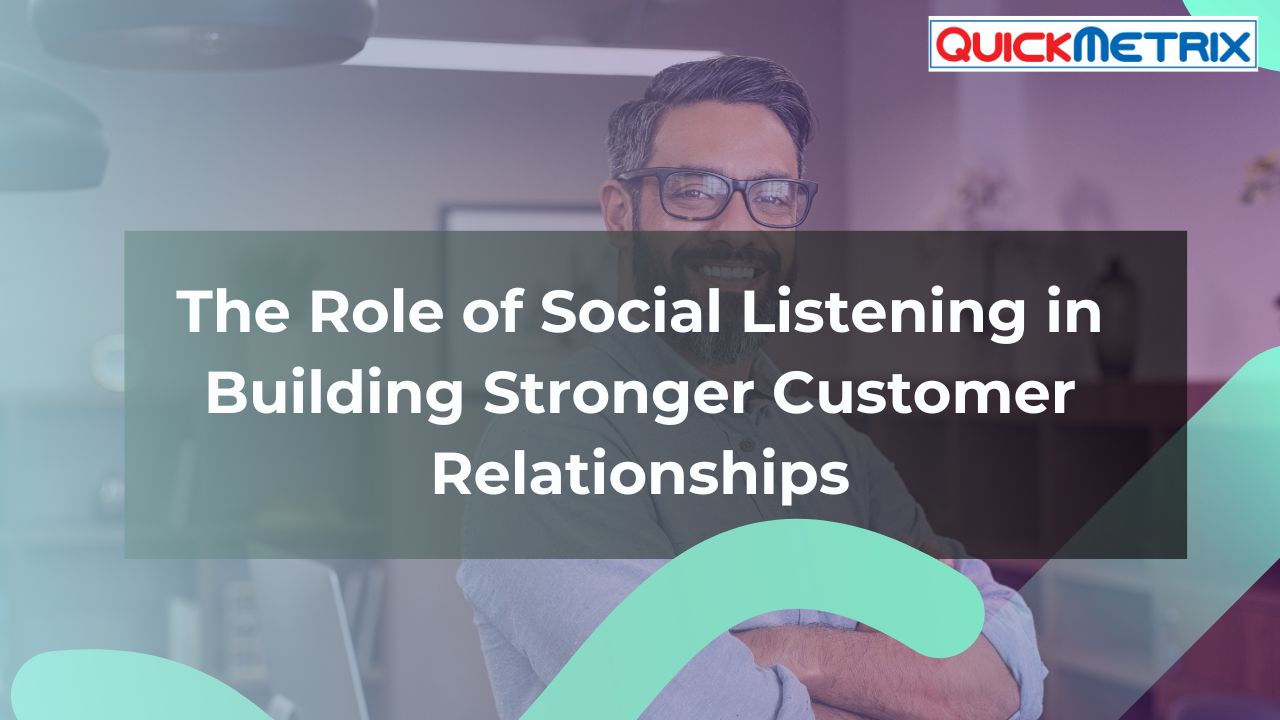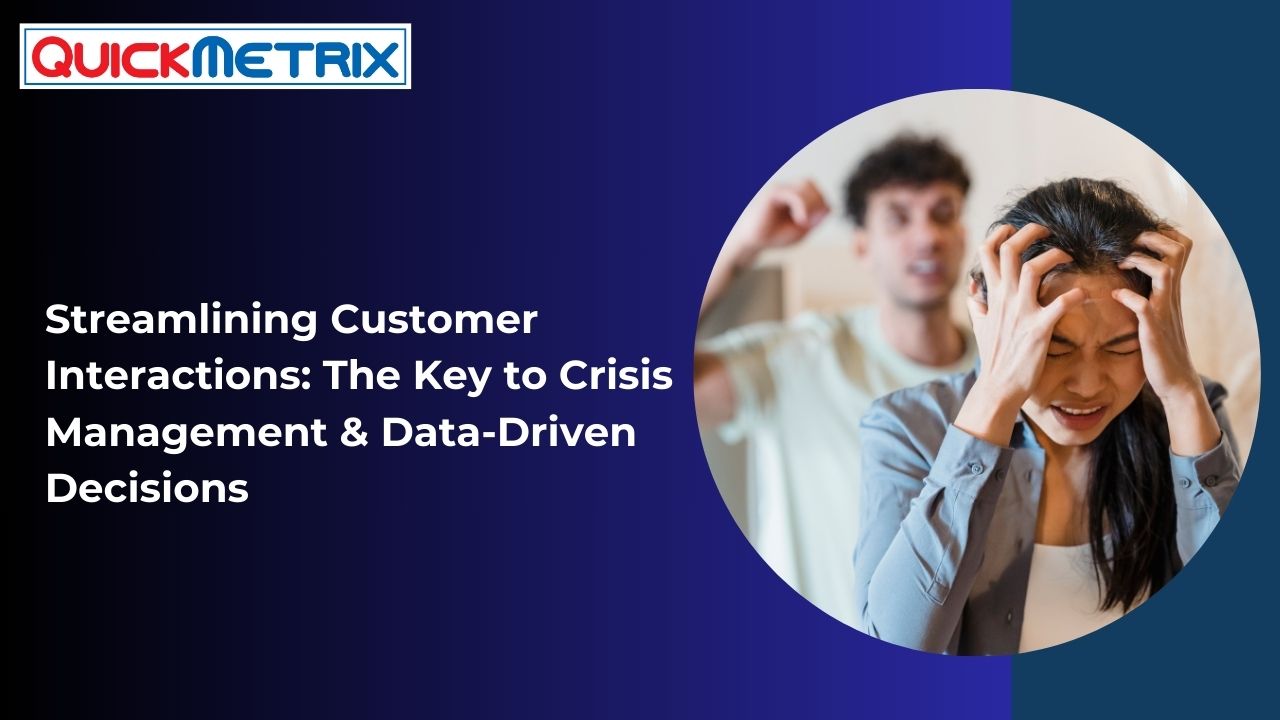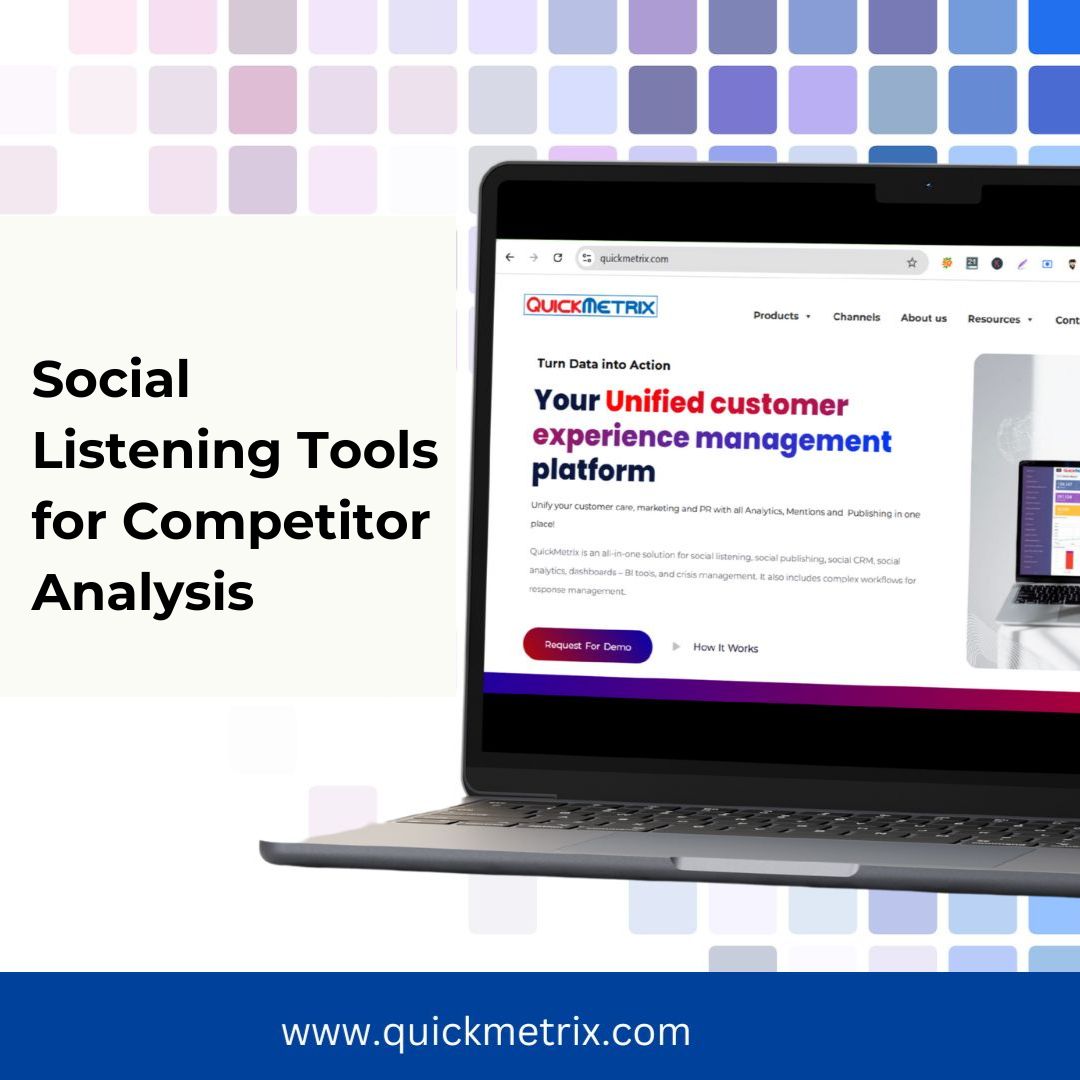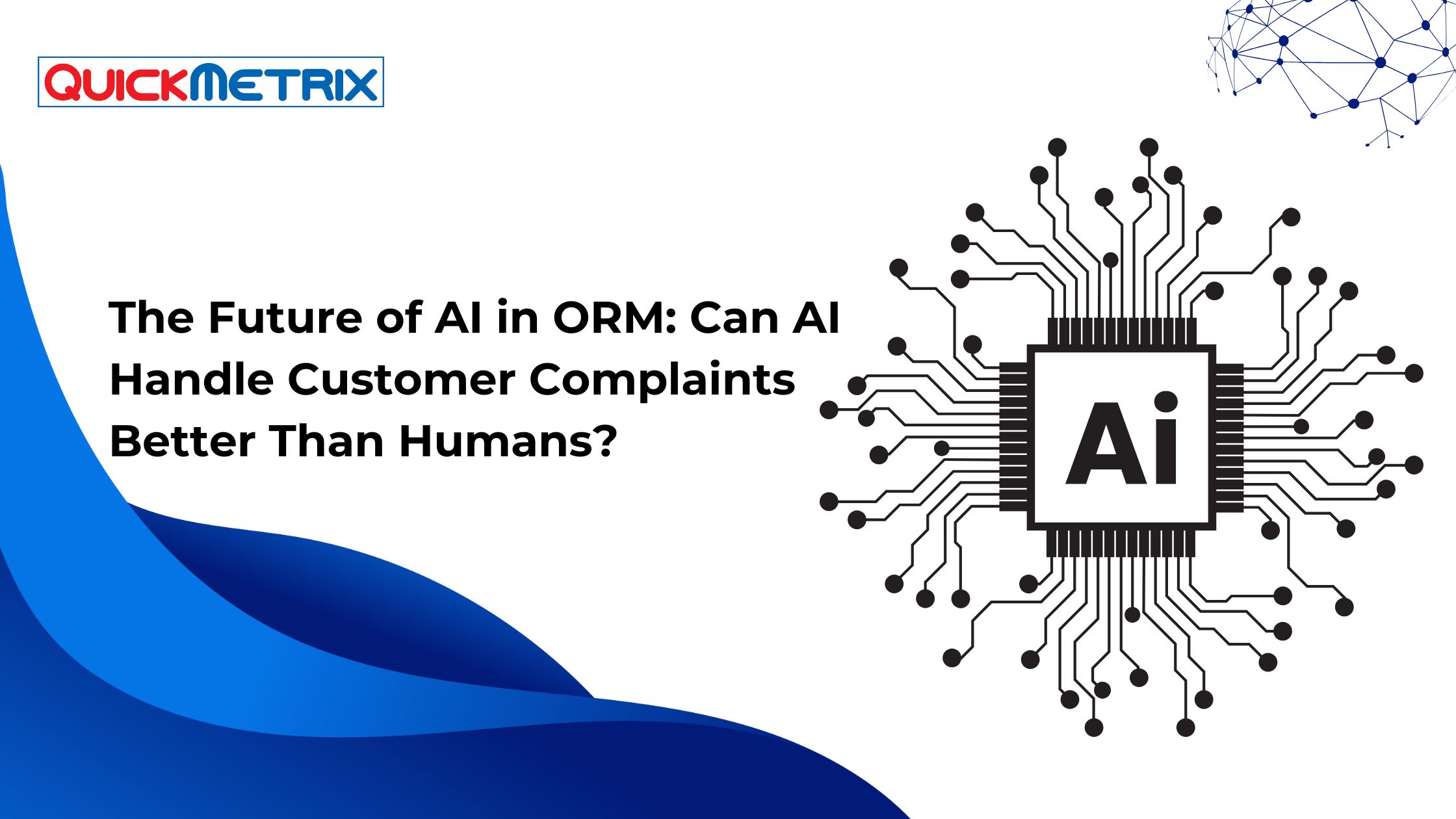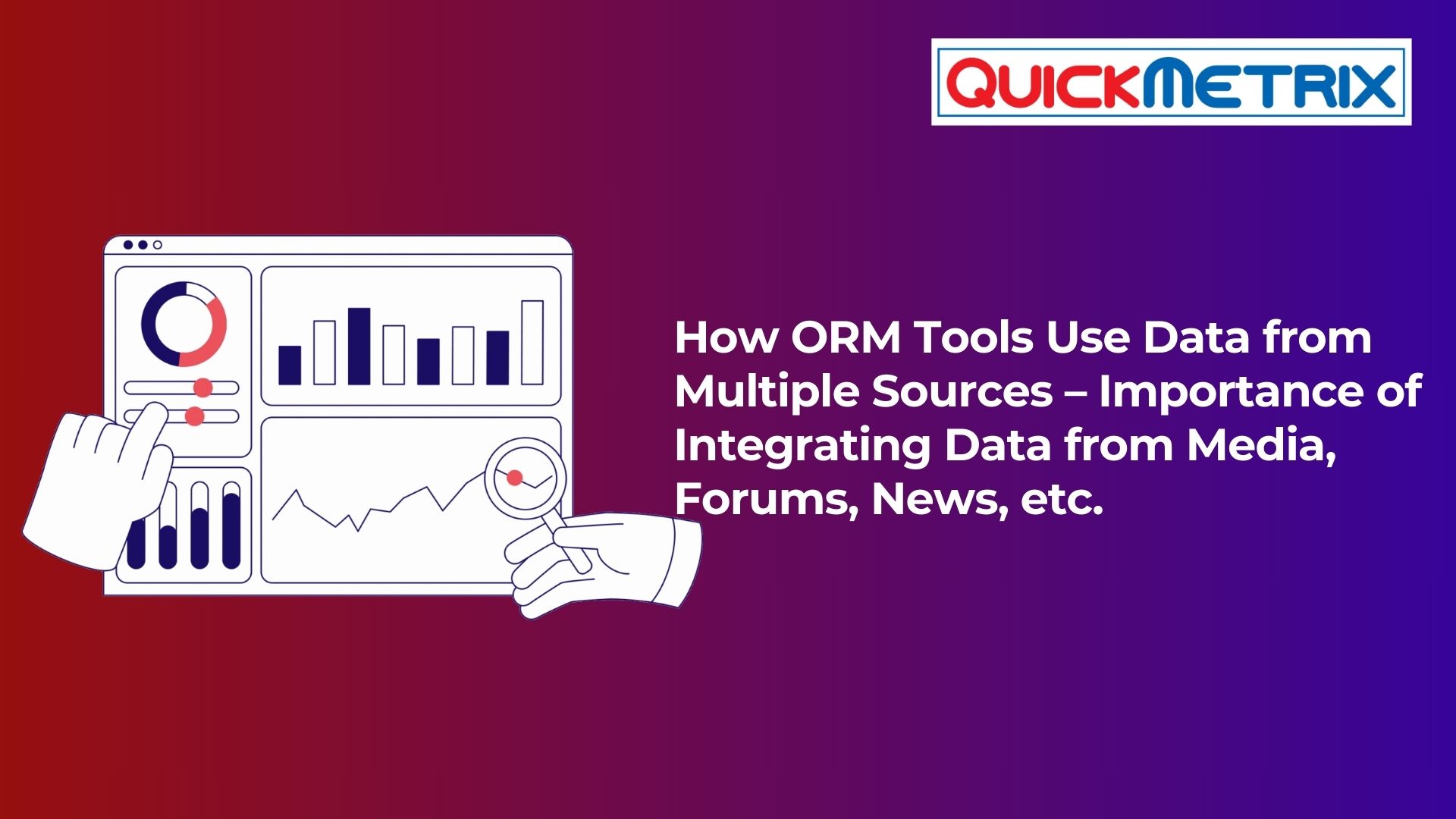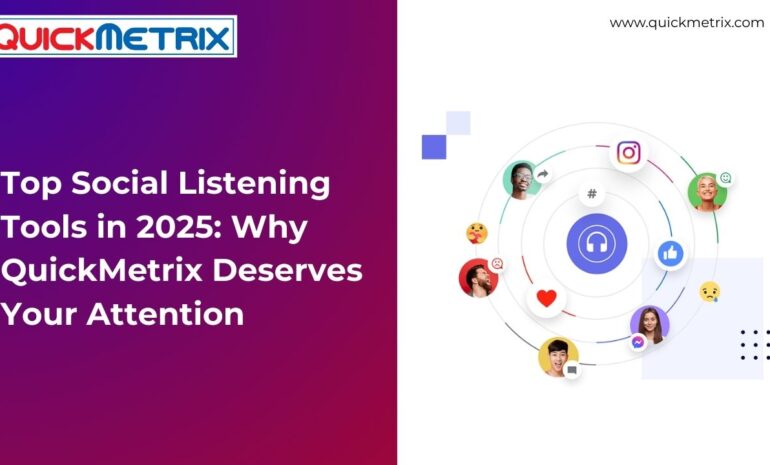Listening to the Voice of the Customer: How Social Listening Strengthens Brand Relationships
The Role of Social Listening in Building Stronger Customer Relationships
Definition of Social Listening
What is social listening?
Social listening is the process of monitoring social media channels for mentions of your brand, competitors, products, and anything else related to your business. It’s about not just hearing but truly understanding what customers are saying about you.
** it differs from social monitoring**While social monitoring involves keeping track of specific mentions or keywords, social listening takes it a step further by analyzing the context, sentiment, and trends around those conversations. It’s like moving from simply eavesdropping to engaging in a meaningful dialogue.
Importance in the digital age In an era where customers have access to multiple platforms to share their experiences, social listening has become essential. Brands that actively listen and respond can build deeper connections, ultimately leading to loyalty and trust.
Overview of the Customer Relationship Landscape
Evolution of customer relationships Customer relationships have changed dramatically over the years. In the past, businesses controlled the narrative about their brands. Today, customers do. This shift emphasizes the importance of brand transparency and open communication.
The shift towards personalized interactions Now, customers expect brands to understand their needs and preferences. This desire for personalization means that social listening is crucial; it allows brands to gather insights that help them cater to individual customer experiences.
The rise of social media as a communication tool Social media isn’t just a place for sharing pictures and updates; it’s a powerful tool for communication. Customers use these platforms to voice opinions, ask questions, and share feedback, creating a rich landscape for brands to engage and listen.
Purpose of the Article
This article dives into the vital role social listening plays in enhancing customer engagement. We’ll explore practical applications for businesses, the benefits for both brands and customers, and highlight why social listening is essential for today’s businesses.
II. The Mechanics of Social Listening
A. Tools and Techniques for Effective Social Listening
Key platforms and software available A variety of tools can help brands listen effectively, such as QuickMetrix, Meltwater, Sprinklr, Brandwatch, and Sprout Social. These platforms allow brands to track conversations, analyze sentiments, and gather insights from a multitude of sources.
Metrics and indicators to track Brands should focus on metrics like engagement rates, sentiment scores, and share of voice. These indicators can reveal customer attitudes and help create a clearer picture of brand perception.
Creating a social listening framework To optimize efforts, businesses should develop a social listening framework. This framework provides a structured approach, ensuring that monitoring aligns with marketing goals and company values.
B. Data Collection and Analysis
Types of data collected When listening, brands can collect various types of data including customer comments, feedback, reviews, and even competitor mentions. Each piece of information helps paint a clearer picture of brand sentiment.
Analyzing sentiment and trends Sentiment analysis involves categorizing feelings expressed in customer messages. By identifying positive, negative, or neutral sentiments, brands can understand customers’ emotional states and adjust their strategies accordingly.
Identifying key customer segments Using social listening, brands can categorize conversations into different demographics. This segmentation helps tailor messaging, ensuring communications resonate with specific audiences.
C. Integrating Social Listening into Business Strategy
Aligning social listening with marketing efforts To maximize the benefits of social listening, brands should integrate insights gained into their marketing strategies, helping to craft more relevant campaigns that speak directly to customer needs.
Incorporating insights into product development Feedback collected through social listening isn’t just for marketing; it can inform product development. By understanding what customers are saying about features, brands can make informed decisions that align with market demands.
Using feedback to enhance customer service Listening to customers also helps brands refine their customer service. If a common issue arises, brands can promptly address it, making customers feel heard and valued.
III. Building Authentic Engagement Through Social Listening
A. Understanding Customer Sentiment
How sentiment analysis works Sentiment analysis employs natural language processing to identify emotions behind customer comments. This allows brands to gauge public opinion accurately.
Mapping customer emotions to brand experiences Understanding how customers feel about a brand can help identify gaps in the customer journey. By mapping emotions to specific interactions, brands can enhance experiences that evoke positive feelings.
Responding to customer concerns effectively When concerns are raised, timely and empathetic responses can turn a potentially negative experience into a positive one. Brands that listen and respond show they care about customer opinions.
B. Fostering Two-Way Communication
Encouraging customer feedback Encouraging customers to provide feedback shows that their voices matter. Simple requests for reviews or engaging in conversations on social platforms can build a community.
Creating engaging content based on listener insights Using insights gathered from social listening, brands can create content that truly resonates with their audience. Sharing topics that customers care about helps strengthen the connection.
Developing a community around the brand Building a community doesn’t just happen. It requires active engagement and fostering connections with customers, something social listening can significantly aid in.
C. Personalizing Customer Interactions
Tailoring communications to individual preferences By analyzing customer data, brands can tailor their marketing messages, emails, and offers. Personalized communication leads to higher engagement rates and a better customer experience.
Utilizing customer insights for targeted promotions Promotions that are relevant to customers demonstrate an understanding of their needs. Social listening provides the insights necessary to craft targeted campaigns that attract attention.
Building loyalty through personalized experiences When customers feel valued and understood, loyalty naturally follows. Using social listening to personalize experiences helps brands retain customers for the long haul.
IV. Case Studies: Brands that Excel in Social Listening
A. Brand Example 1: Clothing Brands
Overview of social listening strategy Clothing brands actively engage with its audience on social media. By listening to customer feedback and trends, they adapt their marketing.
Impact on customer relationships : This active listening has helped clothing brands forge closer connections with customers, building a loyal community interested in its story.
Key takeaways for other businesses: Brands can learn from this approach of integrating customer feedback into their marketing strategy and product development.
B. Brand Example 2: FMCG
How social listening transformed brand perception FMCG leads by example with its customer response initiatives on social media. They listen and act on feedback, sometimes implementing ideas suggested by patrons.
Customer engagement initiatives driven by insights FMCG’ ability to adapt based on customer suggestions has led to successful campaigns that resonate well with audiences.
Lessons learned and applied Businesses can realize that social listening is not just reactive but can also be proactive; creating opportunities based on customer insights can drive engagement.
C. Brand Example 3: Personal Care Brand
Innovative practices in listening and responding : Personal care brand have utilized social listening to craft campaigns focused on body positivity, responding to their audience’s sentiments.
Measuring success and outcomes By effectively engaging with their audience, Personal care brands have built a strong community, leading to an increase in brand loyalty.
Future implications for brand strategies Brands must embrace social listening as a key strategy for staying relevant and connected with their audience.
V. Challenges and Best Practices in Social Listening
A. Common Pitfalls and Missteps
Failing to act on insights Not acting on the gathered insights is a missed opportunity. Customers want to see that their feedback leads to changes.
Misunderstanding audience sentiments Misinterpreting sentiments can lead brands astray. It’s crucial to conduct a thorough analysis before responding.
Neglecting negative feedback Ignoring negative sentiment won’t make it go away. Communicating and addressing issues can help rebuild customer trust.
B. Best Practices for Effective Social Listening
Continuous monitoring and adaptation Social listening is not a one-off task. Brands should consistently monitor conversations and adapt strategies as trends evolve.
Engaging customers consistently Regular engagement makes customers feel valued. Sustained interactions foster stronger relationships.
Using data ethically and responsibly It’s essential for brands to handle data responsibly. Transparency and ethics are key in fostering trust.
C. The Future of Social Listening in Customer Relationships
Trends to watch in social listening technology Emerging technologies like AI will enhance social listening capabilities, allowing brands to analyze data faster and more accurately.
Evolving customer expectations As customers become more sophisticated, their expectations will rise. Brands will need to keep up with these changing dynamics.
Preparing for the next wave of customer engagement strategies Brands should be ready to implement new strategies based on social listening insights, ensuring they remain in touch with their audience.
VI. Conclusion
A. Recap of Social Listening Benefits
Listening to customers fosters a stronger connection, builds trust, and enhances customer experiences.
B. The Long-Term Value of Listening to Customers
Investing time in social listening can yield long-term benefits for brands, helping create loyal customers.
C. Encouragement for Brands to Embrace Social Listening
Brands that prioritize social listening will be better equipped to build meaningful relationships with their customers.
VII. FAQs
A. What is the difference between social listening and social monitoring?
Social listening focuses on understanding sentiments and trends, while social monitoring is about tracking mentions and conversations.
B. How can businesses start implementing social listening strategies?
Begin by selecting social listening tools, defining goals, and developing a framework for data analysis.
C. What are some recommended social listening tools?
Tools like QuickMetrix , Sprinklr, Brandwatch, and Sprout Social are popular for their comprehensive features.
D. How does social listening impact customer loyalty?
By understanding and responding to customer needs, brands can foster loyalty and trust.
E. Can social listening help address crises in real-time?
Absolutely! Social listening enables brands to gauge public perception quickly and respond immediately during a crisis.
Top Social Listening Tools in 2025: Why QuickMetrix Deserves Your Attention
In the world of digital marketing, conversations are currency. ...
Read More9-key-things-to-consider-before-choosing-an-best-orm-tool (Online response management tools)
IntroductionIn today's hyper-connected world, a single unresolved tweet or ...
Read MoreStreamlining Customer Interactions: The Key to Crisis Management and Data-Driven Decisions
Streamlining Customer Interactions: The Key to Crisis Management and ...
Read MoreSocial Listening for Financial Services: How Banks & FinTechs Stay Ahead
Introduction to Social Listening in Financial Services Definition ...
Read MoreThe Journey of QuickMetrix: Insights from Surendra Baliga on Building a Successful SaaS Business
The entrepreneurial journey is often filled with challenges, learning ...
Read MoreMastering the Market: How to Use Social Listening Tools for Real-Time Competitor Analysis
1. Introduction to Social Listening Tools1.1 What is Social ...
Read MoreHow to Get the Most Out of Social Listening Tools and Why Businesses Invest in Them
How to Get the Most Out of Social Listening ...
Read MoreListening to the Noise: How to Monitor Conversations That Matter to Your Brand
Understanding the Importance of Monitoring Brand Conversations 1.1 The Role ...
Read MoreThe Future of AI in ORM: Can AI Handle Customer Complaints Better Than Humans?
I. Introduction to Online Response Management (ORM)/ Online reputation ...
Read MoreHow ORM Tools Use Data from Multiple Sources – Importance of Integrating Data from Media, Forums, News, etc.
What is ORM ToolsOnline response Management (ORM) tools are ...
Read MoreTop Features to Look for in an ORM Tool for B2B Companies
Top Features to Look for in an ORM Tool ...
Read More2025 Digital Marketing Predictions: What’s Next for Brands?
2025 Digital Marketing Predictions: What’s Next for Brands?IntroductionDigital marketing ...
Read More15 Social Listening Tools for Your Brand in 2025
Why Social Listening Matters A winning social media strategy starts ...
Read More